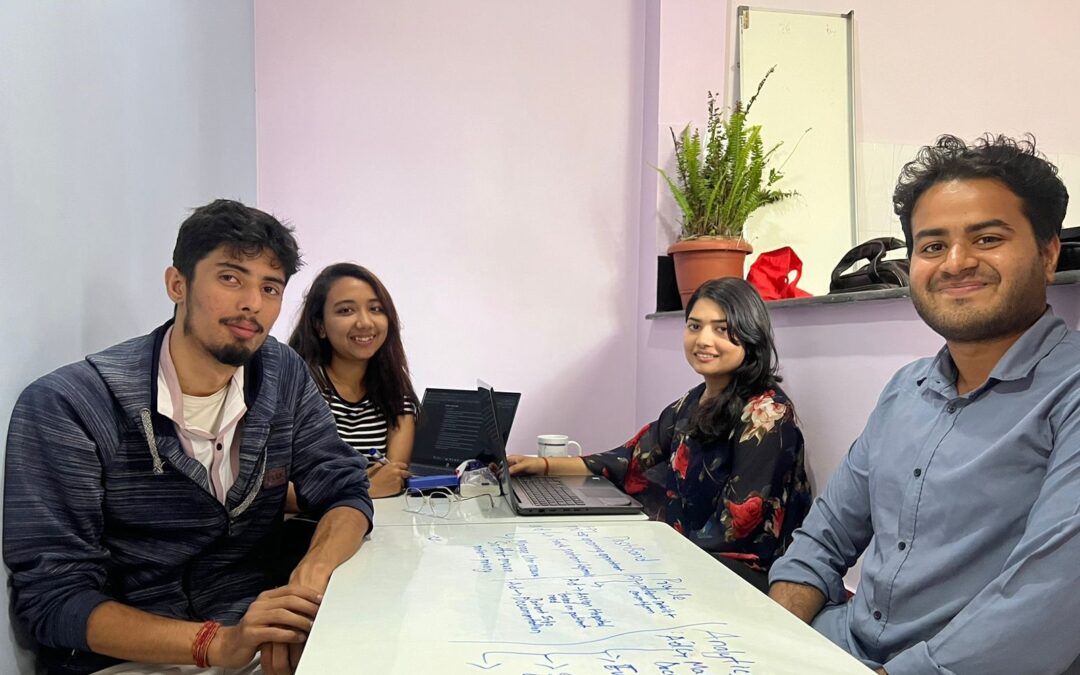Sprint 2 has been a transformative learning experience for our team, as we started working on the foundation laid in sprint 1.With each step, we deepened our understanding of the project. Also Working together, sharing laughter, and supporting each other through challenges have strengthened our bonds. By pointing out areas for improvement and helping each other overcome weaknesses, we have made our team even stronger for the journey ahead.
In this sprint, we made remarkable progress on our project. Firstly we translated our database blueprint into a fully operational database using .NET. Simultaneously, we brought our wireframes to life by creating high-fidelity design in figma, which allowed us to visualize the user interface more effectively. The design we developed received positive feedback from the community partner, who appreciated the attention to detail and overall user experience we aimed to create. Their insight motivated and helped us to identify the areas for improvement. This collaboration also strengthened our relationship with the community partner. These milestones not only enhanced our technical capabilities but also improved our collaboration and communication within the team.
Did we face challenges in this journey? Yes, we definitely did. As we moved further into the design phase, it became difficult to accurately estimate how long tasks would take. Communicating effectively with the team and assigning clear roles to everyone was also tricky. Preparing for the community partner meeting, handling changes, and delivering presentations were tough, but as a team, we managed to push through and are ready for the next step.
Reflecting on this sprint, we’ve recognized some key takeaways that will shape our future efforts. First lesson we learned was that prioritizing the end user throughout the development process is essential for creating a truly effective product. By focusing on their needs and preferences, we can ensure our solutions are impactful and truly serve those we aim to support. Secondly, we recognized the value of adopting an agile methodology. As we transformed the wireframe into a high-fidelity design, incorporating feedback from our community partner, we gained a deeper appreciation for the benefits of this approach.
While Team Sahayatri successfully completed all Sprint 2 tasks, there’s a shared understanding that more progress is needed on the technical front. Over the coming weeks, the team will focus on three key areas: building a minimal web application to handle input and output data for testing with our community partner; developing a skeletal frontend framework in React to support these operations; and thoroughly documenting the process for future reference. The goal is to complete these tasks before our fourth meeting with the community partner, where we plan to showcase the initial setup, highlighting the basic input and output operations between the frontend and the database. This will provide an opportunity to gather feedback and ensure we are meeting our partner’s expectations.
The upcoming sprint is crucial as the team’s technical knowledge, capabilities, and individual strengths will be put to the test. However, we feel more than ready to take on this challenge head-on.

